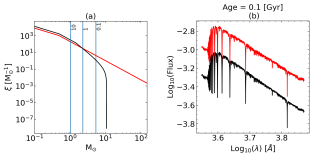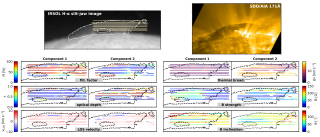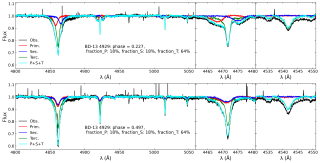Low mass X-ray binaries consist of two components: a compact object (either a neutron star or a stellar-mass black hole) and a star with a mass similar or lower to that of the Sun. Both objects are close enough for the gravity to strip material from the companion star, which fall onto the compact object forming an accretion disc. Indeed, both objects are so close (typically less than three times the orbit of Mercury) that not even the most powerful telescope can spatially resolve them. Aquila X-1 (Aql X-1) is a canonical X-ray binary harbouring a neutron star. Since its discovery 40 years ago, its quiescent state has been interrupted by violent outbursts where its accretion disc becomes hotter and its luminosity raises several orders of magnitude. However, the fundamental parameters of this canonical system have remained hidden until now. The reason is that, in order to perform a complete study, observations during the quiescent state are mandatory since the companion star cannot be detected in outburst due to the strong accretion disc emission. In addition, in the particular case of Aql X-1, there is an interloper star (completely unrelated to the system) almost along the same line of sight (0.4 arcsec appart), which ruined any previous attempt of obtaining uncontaminated Aql X-1 spectra. Using the 8-m Very Large Telescope (VLT) equipped with an adaptive optics module and SINFONI (a near-infrared integral field spectrograph) we managed to not only single out the interloper and Aql X-1, but to extract independent spectra (see Figure). We found that: i) the system is placed 6±2 Kpc away from us (the interloper is 2-4 Kpc away), ii) the companion star (0.76 solar masses) has a projected orbital velocity of K2=136±4 km/s and iii) the orbital inclination of the system respect to the line of sight is constrained to be in the range 36º<i<47º.
Left panel: SINFONI data cube collapsed in the spectra dimension, where bot the interloper and Aql X-1 are clearly resolved. Right panel: averaged, normalized spectra obtained for each object.
Advertised on
References



